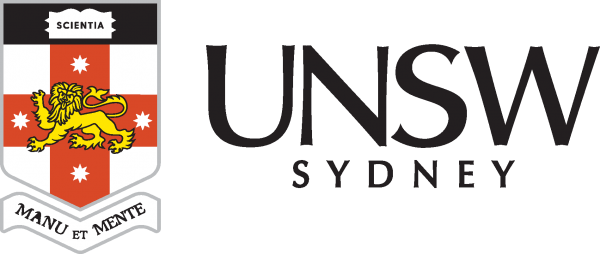Researchers Highlight Treatment As Prevention’s Success Towards HIV
A ten-year study into the impact of HIV ‘treatment as prevention’ has found that a 27 per cent increase in people accessing effective HIV treatment saw HIV infections decrease by 66 per cent between 2010 to 2019, in NSW and Victoria.
The findings, published today in Lancet HIV, show the success of HIV treatment as prevention in reducing new HIV infections, especially when complemented by the availability of pre-exposure prophylaxis (PrEP) and increased access to diagnostic testing.
Treatment as prevention – or TasP – is a global public health strategy that is built on the evidence that HIV treatment results in virally suppressing the HIV virus, which effectively reduces an individual’s risk of transmitting HIV to zero. While there is strong evidence from clinical trials to support TasP’s effectiveness, Kirby Institute and Burnet Institute researchers are the first to analyse the impact of this strategy on overall HIV infections at a population level.
“To test the ‘big picture’ impacts of this important HIV prevention strategy, we examined 10 years of clinical data from over 100,000 gay and bisexual men in New South Wales and Victoria,” said Dr Denton Callander, who led the research at UNSW’s Kirby Institute. “We found that over time, as viral suppression increased, HIV incidence decreased. Indeed, every percentage point increase in successfully treated HIV saw a fivefold decrease in new infections, thus establishing treatment as prevention as a powerful public health strategy.
“Our research shows that investing in HIV testing is crucial for HIV elimination,” said Dr Callander.
During the course of the study, a range of other HIV prevention strategies were rolled out in NSW and Victoria, including the introduction of PrEP – a pill that prevents HIV negative people from acquiring HIV.
“While TasP is an important public health strategy, its true potential is unlocked when used in combination with the widespread availability of PrEP, and increased access to HIV testing and treatment, especially when delivered equitably,” says Dr Callander.
Over the past decade, governments, clinics and community-based organisations in NSW and Victoria have worked to remove antiretroviral prescribing restrictions, enabled community pharmacy dispensing, reduced patient treatment costs, and educated those at risk of HIV about the individual and prevention benefits of early and sustained treatment.
“Australia is on track to become one of the first countries globally to virtually eliminate the transmission of HIV. The results of this research show that further investment in HIV treatment – especially alongside PrEP – is a crucial component of HIV elimination,” says Professor Mark Stoové from the Burnet Institute, who is co-senior author on the paper.
Jane Costello, CEO of Positive Life NSW, welcomes the research findings around the benefits of early and effective treatment and other strategies for positive communities, and the contribution this will make to the overall Australian HIV response.
“People living with HIV have always known that TasP is an effective HIV prevention strategy to reduce the levels of the HIV virus in our bodies, slow the progression of HIV and its impact on our immune system, and offer protection to those we care about and love,” she said.

